The future of motorcycle racing may be on the cusp of a significant transformation with the advent of hydrogen-powered superbikes.

Subscribe to our Telegram channel for instant updates!
The debate between gasoline and electric motorcycles has dominated discussions among enthusiasts for years. Now, Kawasaki has introduced a revolutionary contender that could redefine the high-performance motorcycle landscape. The Japanese manufacturer has unveiled the Ninja H2 HySE, a groundbreaking superbike that merges hydrogen fuel cell technology with electric motors, delivering a blend of high-speed performance and eco-conscious operation.
Revolutionary Powertrain
At the core of the Ninja H2 HySE is its innovative hybrid powertrain, combining a hydrogen fuel cell, lithium-ion battery pack, and electric traction motor. Unlike conventional combustion engines or fully electric drivetrains, this advanced system converts hydrogen into electricity, which then powers the electric motor. The result is zero tailpipe emissions and instantaneous torque delivery, providing acceleration comparable to a jet turbine.
The HySE generates an impressive 134 horsepower, enabling it to accelerate from 0-60 mph in approximately three seconds, with an estimated top speed exceeding 100 mph (160kmh). Despite its cutting-edge technology, Kawasaki has managed to keep the curb weight under 500 lbs, ensuring exceptional agility and responsiveness. The bike’s 3.5-litre hydrogen tank offers a range of over 93 miles(150 km) while refuelling remains as simple and quick as topping up a traditional gasoline-powered motorcycle.
Advanced Regenerative Braking & Adaptive Controls
To maximize efficiency, the Ninja H2 HySE incorporates smart regenerative braking, which captures kinetic energy during deceleration and channels it back to recharge the battery. The motorcycle is also equipped with rear-wheel lift sensors, allowing the system to adapt to road conditions and provide controlled deceleration without instability. As hydrogen fueling infrastructure continues to expand, Kawasaki envisions this technology as a viable and sustainable alternative for future motorcycles.

Aerodynamic Design & Cutting-Edge Technology
Drawing inspiration from Kawasaki’s H2 series, the Ninja H2 HySE features an aggressive, race-ready aesthetic, with an exposed trellis frame, a faceted front cowl, and low clip-on handlebars for optimal aerodynamics. LED lighting and intricate design elements, such as angular mirror stalks with integrated turn signals and chin-mounted cameras replacing traditional mirrors, add to the futuristic appeal.
Inside the cockpit, riders will find a full-colour TFT display, providing real-time riding data and system diagnostics. The semi-exposed chassis components showcase Kawasaki’s weight-saving philosophy, ensuring a balance between high-speed stability and nimbleness. The frame and swingarm utilize lightweight materials, further enhancing handling dynamics.
The Ninja H2 HySE is also equipped with state-of-the-art rider assistance systems, including a 6-axis Inertial Measurement Unit (IMU), lean-sensitive traction control, cornering ABS, and semi-active suspension. These advanced features enable real-time adjustments, enhancing stability, traction, and braking performance across various riding conditions.
A Glimpse into the Future of Motorcycling
Although still in its concept phase, Kawasaki has made it clear that the Ninja H2 HySE is more than just an experimental prototype—it is a serious step toward the future of superbikes. The hydrogen-powered machine does not compromise on performance, maintaining the thrilling acceleration and power delivery expected from a high-performance motorcycle while embracing sustainable energy sources.
With its smooth torque delivery, innovative powertrain, and futuristic design, the Ninja H2 HySE provides a compelling look into the future of motorcycling. If hydrogen infrastructure continues to develop, Kawasaki’s pioneering effort could mark the beginning of a new era where superbikes deliver adrenaline-pumping performance with zero emissions—a true game-changer in the industry.



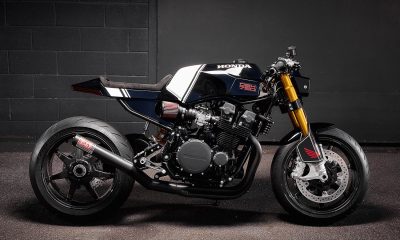
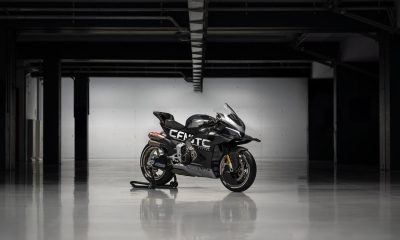
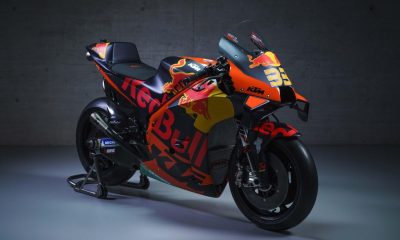
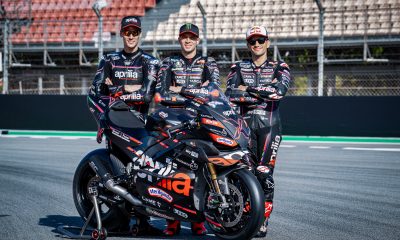
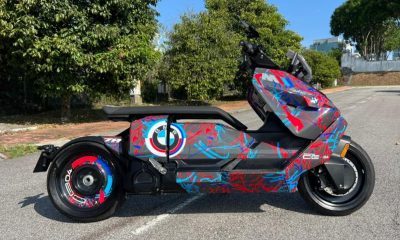
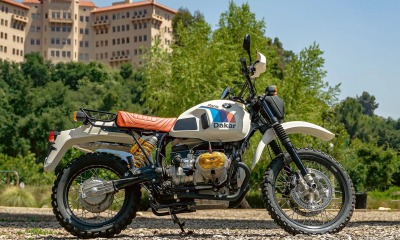
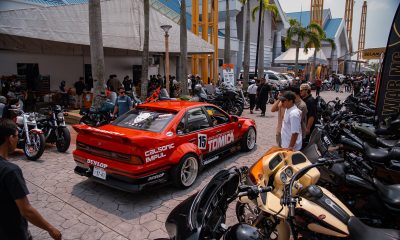





















Facebook
Instagram
X (Twitter)
YouTube
LinkedIn
RSS